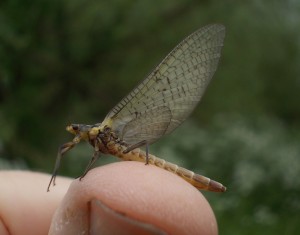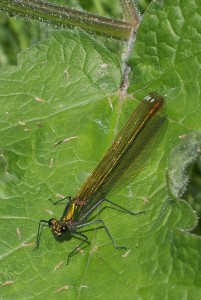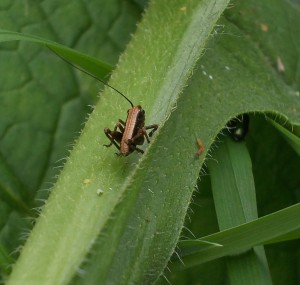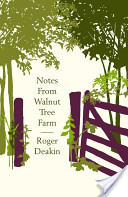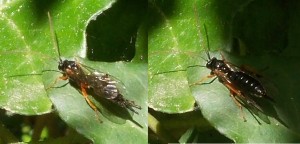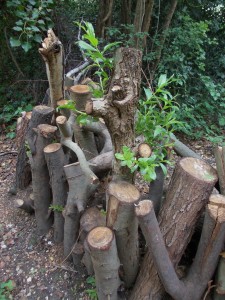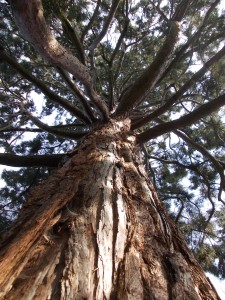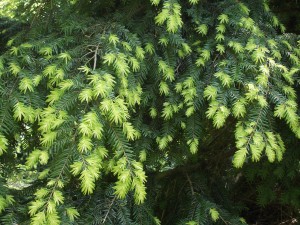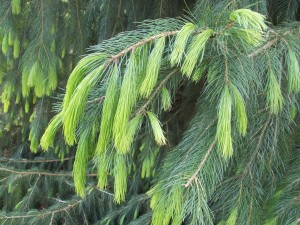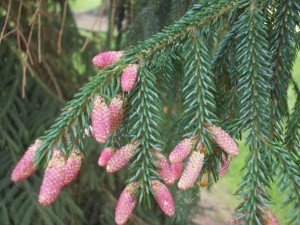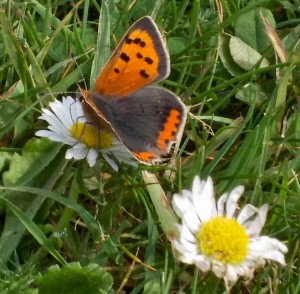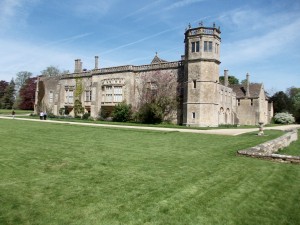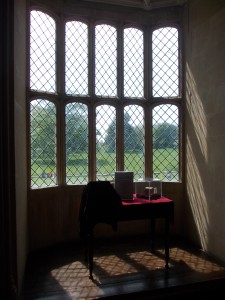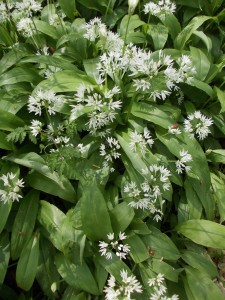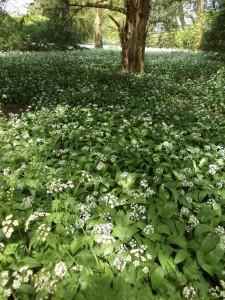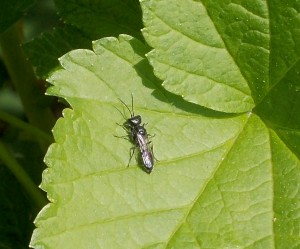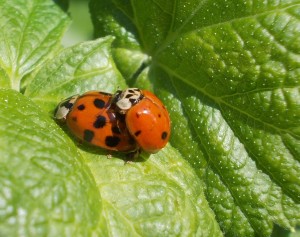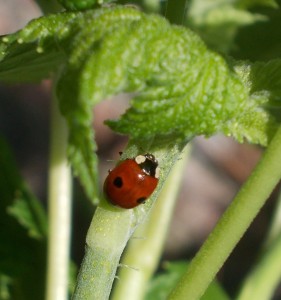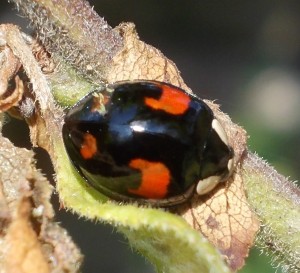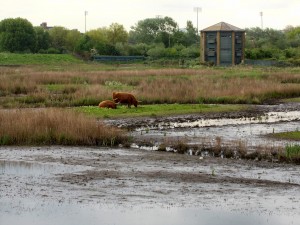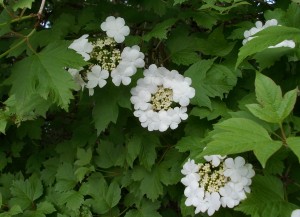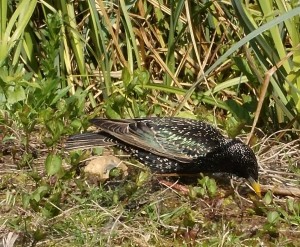
Right, I don’t review poetry books, and I don’t read them that often either, though I have my favourites. But this one is extraordinary. I very nearly read it in one sitting, as Claire Tomalin claims she did on the back cover, but I had to make do with two sittings instead. Gushing newspaper critics often say they couldn’t put a book down. In the case of Padel’s Darwin, it was almost true for me.
Padel is Charles Darwin’s great-great-granddaughter. She heard her grandmother (and Darwin’s biographer) Nora Barlow, aged 95, reminiscing about her grandfather. Reading this book, I was in no doubt that Padel, too, could easily have written a prose biography of her ancestor. But I’m very glad she didn’t. What she has achieved in Darwin, A Life in Poems is a miracle of conciseness. We say a picture is worth a thousand words: a good poem, more so. With a poet’s and a granddaughter’s sensibility, Padel builds up, step by step, poem by poem, a glittering portrait of the great man. Each moment is encapsulated, seemingly without effort, certainly without a wasted word, in a short poem.
I read the first one or two, and felt — they were quite good, and I might soon stop for a cup of tea. I read the next few and the little marginal notes attentively, and started to feel these were rather enjoyable, easy to take in, giving quite a nice picture of the young Darwin in Shrewsbury. I began to reflect on the choice of imagery, how collecting allowed him “to assert control over what’s unbearable.” Unbearable. Collection was about pain? I read a few more. Barmouth: “A child on a beach, alone.” Five lines of the eleven in the poem were a single extended quote from Darwin’s own notes, laid out as verse. Ingenious. Did they scan? Yes, they seemed to have a kind of metre. How subtle were her rhythms? An hour later I was still reading.
Rhythm, metre, the feel of the words; the choice of topics; the use of materials; the different shapes of the various poems. Many are short, in three-line stanzas: “The forms are themselves. They do not change with the changing light / but unfurl in the mind. They swirl and settle new / in the kaleidoscope in his head” — it could be the start of something quite abstract, something about a drug addict or … a visionary. That poem is “The Tiger in Kensington Gardens”, Darwin’s thought wandering to imagining “if a tiger stalked across the plain behind / how feeling would be ignited”. It is light as thistledown, compact, dreamy.
One or two poems are longer: Alfred Russel Wallace’s “Journey up the Sadong River” — Padel travelled extensively in the East, wrote a nature book, Tigers in Red Weather — has four-line stanzas, more of a plodding rhythm, an earnest self-taught Victorian: it is with a shock I realize the first 27½ lines are a direct quote from Wallace! What a marvellous, virtuoso trick: what confidence as a poet, what insight to feel and to share Wallace’s prose for what it is, at its best: exciting poetry.
And the pieces fit together to make the puzzle: the wood comes into focus from the individual trees: Darwin the man emerges from the hundred-odd poems. How did she do that? I suppose a prose writer can occasionally get away with a flabby analogy, a woolly opinion, a soggy simile. A poet cannot: certainly not a modern poet, writing short pieces: each must work, or fail utterly.
I have read a few ‘natural history poems’, some simply bad, some cheerfully zoological, like Walter Garstang’s The Ballad of the Veliger (The Veliger’s a lively tar, the liveliest afloat… ), some, like Ted Hughes’s animals, enjoyably insightful. But I’ve never before experienced the life of a naturalist, perhaps the greatest one at that, in a whole book of poems, and it works wonderfully. Darwin, A Life in Poems is quite simply a triumph.
Buy it from Amazon.com (commission paid)
Buy it from Amazon.co.uk (commission paid)


